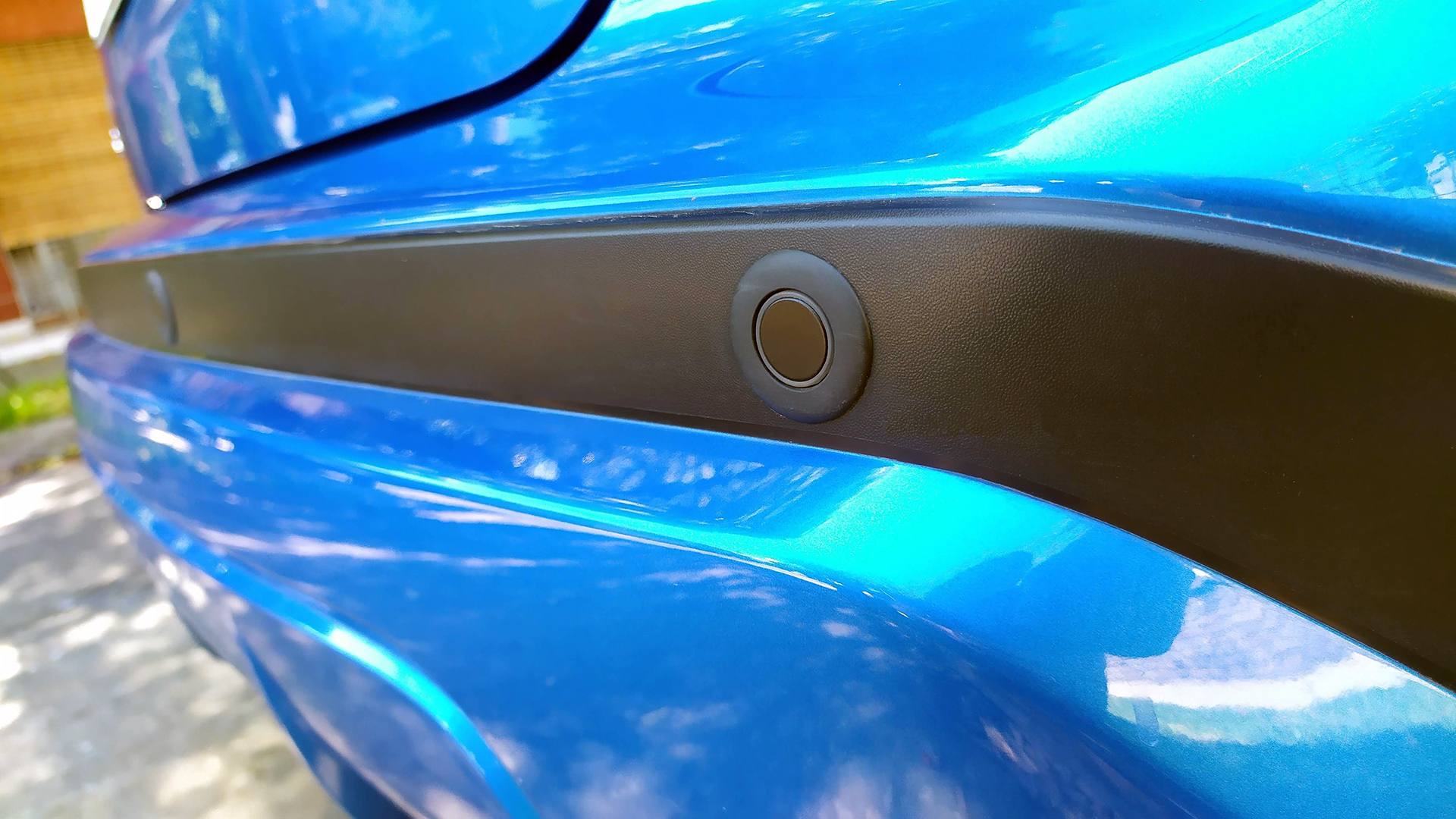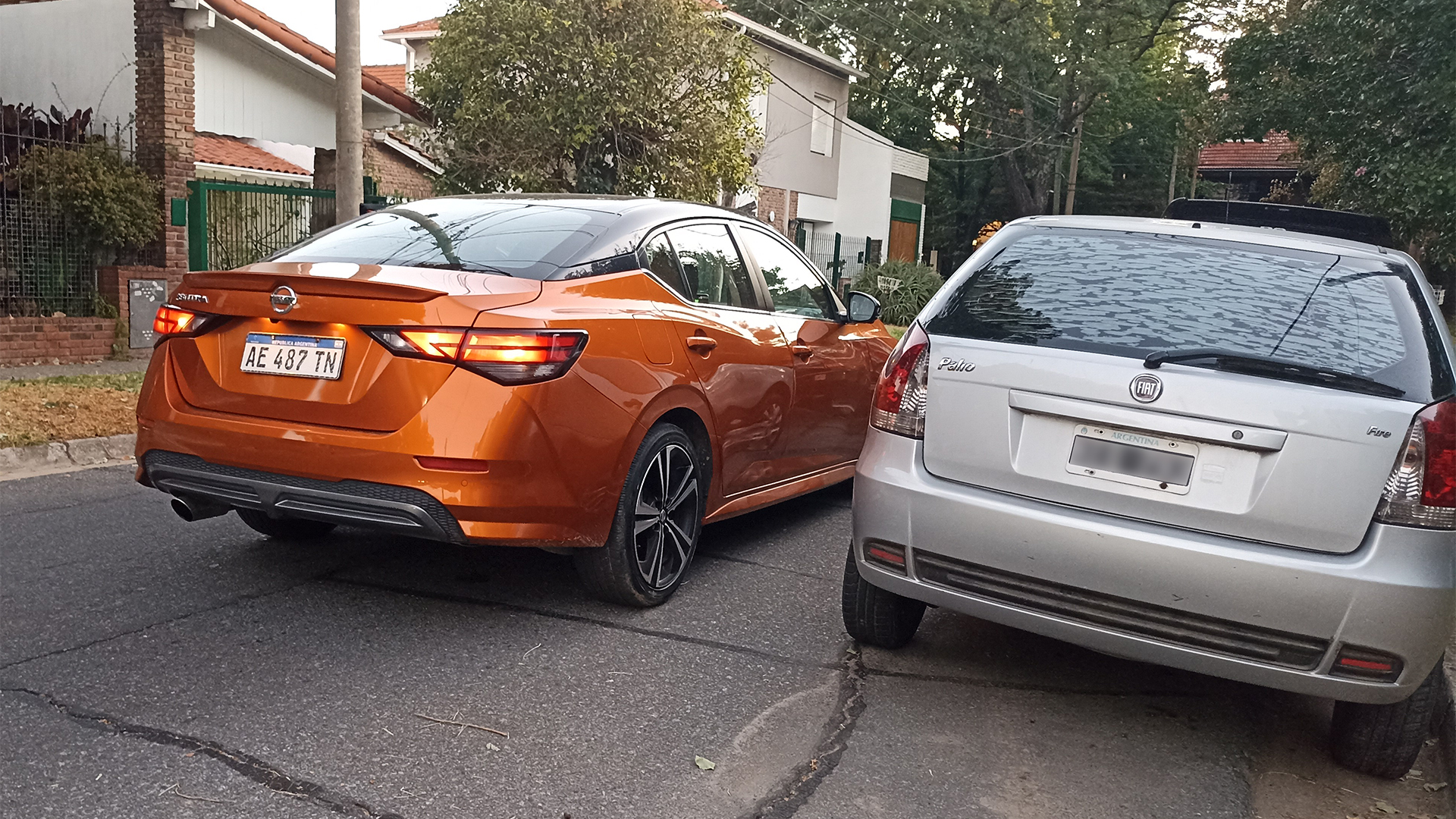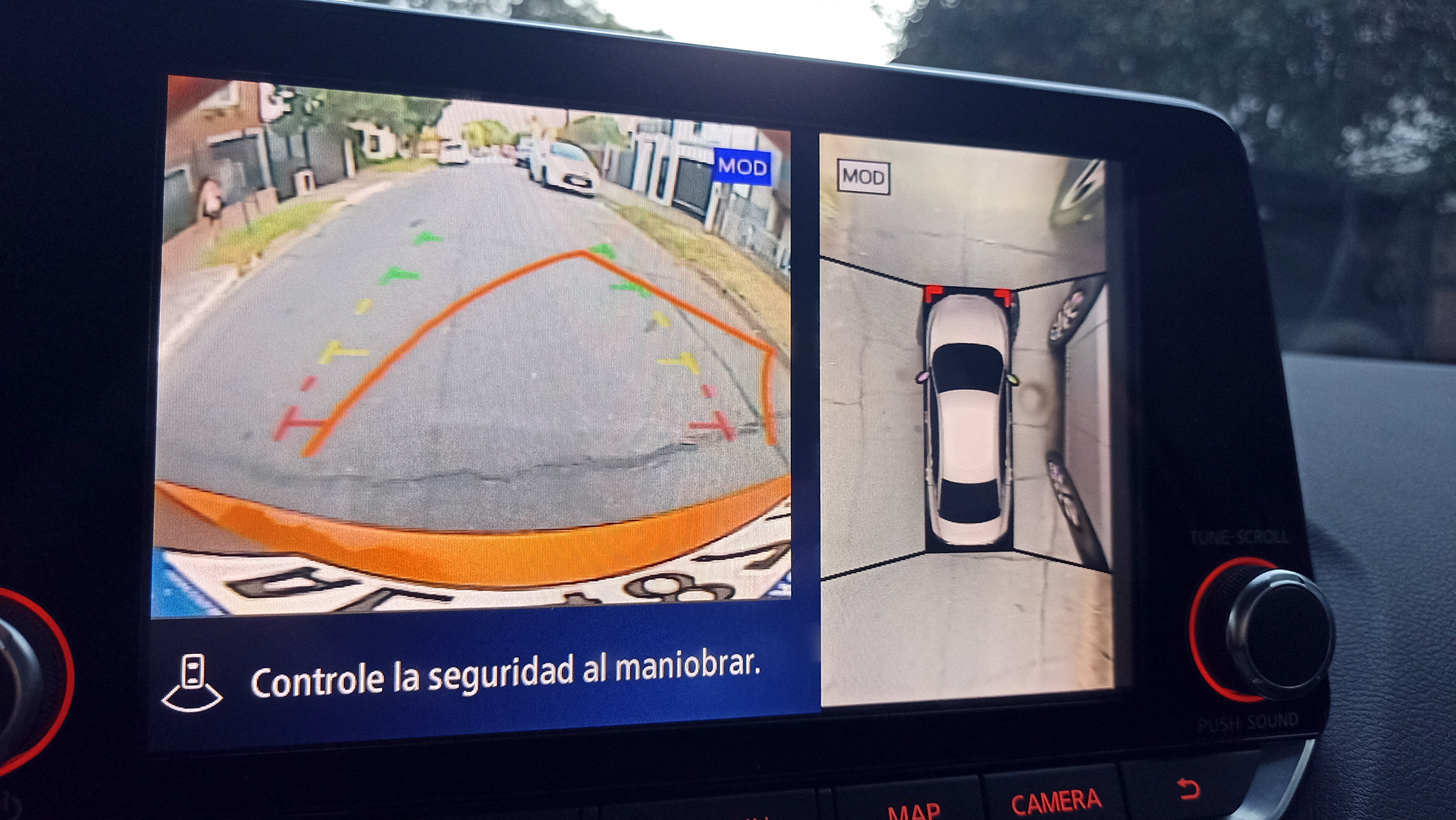Oddly enough, in the 21st century more than 20 years ago, and with all the technological tools that exist on board modern cars, park parallel to the curb between two cars is still a situation that puts nervous many drivers.
In fact, that is probably the point at which more people fail to take the exam to obtain the qualifying license, and therefore, the moment of greatest tension when it is carried out under the gaze of the examiner who will decide if that license can be granted or if more practice is needed.
However, between the right theory and technology tools With which they can be counted on, parking should not be a headache but as simple a maneuver as any other in urban traffic.

To begin with, nothing better than knowing what elements are available in each case. If the car is of the latest generation and has a relatively complete equipment package, there is a system that does the maneuver itselfAll you have to do is stop parallel to the space in which you intend to park, activate the system in the way that each model counts, and let the car give the orders one by one regarding the use of the accelerator and the brake. The steering wheel is driven by the vehicle.
But if you do not have the autonomous parking system, but you do have a vehicle with 360° cameras or possibly only with rear camera and sensors In the two bumpers, using the screen on which the signals from these cameras are emitted and the three rear-view mirrors will be enough to make a correct maneuver.

The cars have on the front and rear bumpers, some ultrasound sensors that work by proximity with objects that are in their radius of sensitivity. That sound can be turned off manually, so it’s important to make sure they’re on before you park. A button with a cone and some radio waves is the one that is usually found to check if the system is on.
So, once you know the physical and electronic elements that are available, you just have to look for the space in which the car can enter. It is always important to bear in mind that, as the wheels make the body rotate with a determined longitudinal displacement beyond the radius of rotation of the steering, it is recommended that the space in which you intend to park, has at least one meter longer than the car which will attempt to park.

The theory says that once that space is located, what you have to do is pass that space and place the car next to the one that is parked in front. Once in that position, with the reverse positioned, it leaves taking the car backwards with the right wheels until the rear wheels are even with the rear bumper of the stopped car. To take a valid reference, the rear axle of a sedan or SUV is usually under the back of the rear seats, so taking the reference is easier because the seat can be seen perfectly and the end of the already parked car as well .
That is the point where you have to turn all direction to the side of the chosen place to park, and then move forward bearing in mind that with so much angle of the steering wheel, the trunk will go out towards the street where the traffic is coming. If beacons were placed when stopping to start the maneuver, there is no need to rush the procedure, everyone has the right to park without receiving a recital of honks.

The tail of the car will begin to enter, in the chosen space until the front wheels come to the same point that before were the rear ones, the rear bumper of the car in front. That is the time to stop the car and change the direction of the wheels. If you have a screen with a rear camera only, you can see straight lines representing the width of the car and the distance to the car behind, and a curved line on each side, representing where the steering is sending the vehicle. Moving the steering wheel to one side and the other allows you to see how that angle varies and indicates the exact place where the body will enter with respect to the cord.
With the steering now pointing towards the street, the second part of the maneuver begins, which is the one that will leave the vehicle parallel to the curb. If you have it a car with 360° cameras, you can change what is shown on the screen. All cars that have this technology offer a series of options that combine the cameras, and even in some models an overhead view of the car is represented, as if a drone were flying over it, in order to appreciate the entire environment.

Once the second part was over, It will only be left to straighten the wheels and approach slightly towards the car in front, so as not to get stuck to the car behind, which will allow the driver an easier maneuver to get out.
in cars with front and side cameraswhich are usually housed in the lower part of the exterior rearview mirrors, one of these cameras can also be selected at a time in full screen to be able to park with greater precision if the space is reduced between the car in front and the one behind and to verify that the distance with the cord is also adequate.

If the car is too far away, there is a risk of being the victim of a Adjusted maneuver if the street is somewhat narrow, there the victim will be the rearview mirror in most cases. But if the car got too close to the curb, the ones at risk are the spikes of the tires, depending on the rolling and the height of the curb, and the outer edge of the tireswhich if they scrape against the cement will be damaged as well.
Even if you don’t have cameras available, it’s always good try to park without turning the body. It is true that doing so generates greater security, but it is only a matter of exercising the use of mirrors, because turning the body many times runs the risk of neglecting the exterior of the car, which is exposed to traffic. If instead you park looking at the mirrors, the peripheral panorama will not be lost.
Keep reading

